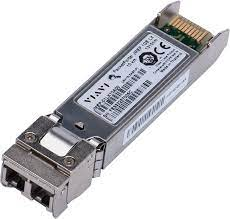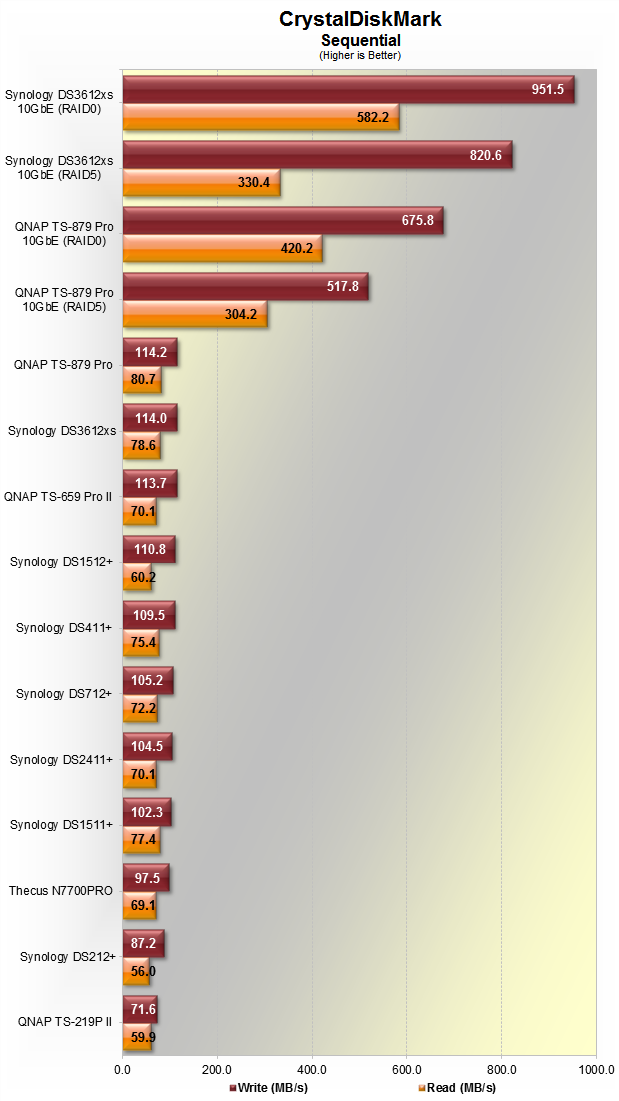

The difference between both the type of frame is that DIX contains type field and 802.3 contains length field in the same position in the Ethernet frame. If data field is less than 46 bytes, padding bytes of value zero is appended. Length field signifies number of bytes in data field portion of the frame. SFD defines start of the frame and is usually contains 10101011 bit sequence. Type field signifies higher layer protocol used for transmission of the frame for example TCP/IP or UDP/IP.Īs shown in the fig.2, IEEE 802.3 Ethernet frame consists of preamble, Start Frame Delimiter (SFD), destination and source addresses, length, data and FCS fields. Data payload part carries information and will be of size from about 46 to 1500 bytes. FCS is used for error detection purpose and is of 4 bytes. Preamble is used for synchronization purpose in the receiving Ethernet card. This Ethernet addresses are of 6 bytes each. Source and destination addresses signify originating and terminating NICs respectively. Hence device using DIX and one using IEEE802.3 need to adapt each other's frame formats in order to communicate over LAN.Īs shown in the DIX frame consists of preamble, destination address, source address, type, data payload and FCS fields. There is slight different between these frame fields as shown in the figures below. There are two frame formats DIX and 802.3. These Ethernet frames are processed by NICs (Network Interface Cards) in both the transmitting and receiving devices. These layers are involved in forming the Ethernet frame which is used to package the data transported between nodes. This protocol is referred as CSMA/CD.Įthernet has two main layers as per OSI stack physical layer and data link layer. If collision is detected when two or more nodes try to transmit at the same time then nodes will wait for some random period of time and will transmit again. Carrier is nothing but the data transmitted over the bus at some rate as specified by Ethernet standard.

Whenever any one of the nodes transmits the information on the bus, all the PCs detect what is known as carrier. Nodes compare destination Ethernet address and whoever nodes' Ethernet address matches it will accept the packet from the mediumĪnd rest of the others will discard the packet. The data is broadcasted to all the PCs connected on the Ethernet bus.

If no carrier is present on the Ethernet network, node-A The packet is stored in the RAM of NIC and node-A monitors the bus.
10 GIGABIT ETHERNET TESTING SOFTWARE
The software running on node-A sends the data to NIC to build the packet. This protocol makes effective use of the bus between transmitting and receiving nodes.ĬSMA/CD stands for Carrier Sense Multiple Access with Collision Detection.įor example, one node-A wants to transmit the data to node-B connected on Ethernet medium. The connecting medium between nodes can be largeĬoaxial cable or small coaxial cable or twisted pair or fiber optic or wireless medium. Topologies to provide the connectivity between nodes. There are four basic topologies used by LAN. configuration by which nodes and connecting lines are arranged. Topology is the shape of the network i.e. Following table describes Ethernet standards.Ĥ00(half duplex),2000(full duplex), multimode fiber Later 1000Mbps referred as gigabit Ethernet is specified in 802.3z and 802.3abīased on transmission media to carry data. XEROX later joined with DEC and Intel and this joint collaboration resulted as base of IEEE 802.3 standard.Įthernet standards have been evolved for data speed ranging from 10 Mbps to 100 Mbps and 1000Mbps.ġ0Mbps referred as legacy Ethernet and is specified in 802.3. This Ethernet tutorial covers standards,Įthernet frame formats (DIX, IEEE802.3), CSMA/CD protocol, Ethernet topologies, Ethernet test protocols and more. Were avoided later by the concept called CSMA/CD as mentioned below. The system had detected collisions when two frames are simultaneously transmitted by work stations. Robert Metcalfe, engineer who was working with Xerox first inventedĮthernet network in the year 1973 and was used to interconnect and send data between work station and printer. More than about 85% of the LANs are using Ethernet standard due to its speed, Several office departments in the same building or to connect different floors. These LANs usually will have about 10 to 100 users but not more than 1000. We all are aware of Local Area Network or LAN which is used to interconnect multiple workstations over small area. This tutorial section on Ethernet basics covers following sub topics: Ethernet over copper Ethernet Business Gigabit Ethernet 40Gbps Ethernet PHY 100Gbps Ethernet PHY 10Gbps Ethernet PHY Ethernet types


 0 kommentar(er)
0 kommentar(er)
